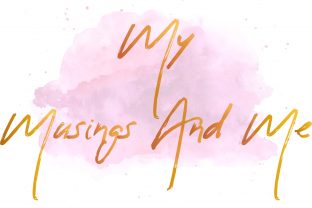Brighton college has replaced its traditional school uniform with a “trouser uniform” and a “skirt uniform” which students can chose between. There is no longer skirts for girls and trousers for boys. Headteacher Richard Cairns said this change came following requests from “a small number of families”. Cairns was happy to comply as the choice tied “in with my strong personal belief that youngsters should be respected for who they are”.
It is refreshing to hear a headteacher speaking out that “if some boys and girls are happier identifying with a different gender from that in which they were born, then my job is to make sure we accommodate that”. I am a big fan of Cairns new inclusive school uniform policy. He truly seems to have the wellbeing of his students at the fore of his work. The decision to have one trouser and one skirt uniform, rather than a girls uniform and a boys uniform, was in an effort to “abolish the notion of boys’ and girls’ schools altogether”.
Cairns decision is timely, fitting in with recent discussions surrounding the need for more than two gender options. This has hit the news recently with discussion about declaring one’s gender on a passport. The key question that has arisen is what if you are neither girl nor boy; female or male. What if you are born one way but identify as the other? Which gender should be specified on your passport. More to the point, why should we be forced to pigeon hole ourselves? In this 21st century world of seemingly endless options, perhaps it is time for us to have more than two for something so central to our identity as gender.
I first truly encountered the discussion on gender identity when writing my dissertation (on gendered perspectives in the ancient world). I found that I subscribed to Judith Butler’s theory of Gender Performativity described in her book Gender Trouble. Butler suggests that whereas sex is a biological construct determined by our physical endowments, gender is a more fluid concept. For Butler, gender is determined by our behaviours and which gender, male or female, our behaviour belongs to based on societal determination. For example, you may be born a male but according to your behaviour and actions you are female because you act/dress etc. in a way considered female by society. In this way, one can be born to one sex but define themselves as another.
One reason I like this theory is for the division between sex and gender. We frequently use them as interchangeable concepts which Butler separates. This theory also allows for greater understanding from people that one’s sex and gender can be different. You may be born a female but identify as a male. Although this does not answer the question of whether we require a more extensive gender spectrum than the binary one in existence, I do think Butler’s theory is helpful.
The Gender Identity Research & Education Society (GIRES) estimates that about 1% of the British population are gender nonconforming to some degree. Although this may not seem like a huge amount but it gains greater weight when we consider that the British population was calculated as 63,489,234 people in 2014. Despite a substantial number of people identifying as gender nonconforming they remain subject to abuse in society. Incredibly, a report on transgender teens in 2014 in the UK found that 48% of trans people under 26 said they had attempted suicide, and 30% said they had done so in the past year, while 59% said they had at least considered doing so (to read the full story click here). It is my hope that more strategies like non-gender uniforms in schools and a greater amount of choice gender-wise will promote understanding. Until such time, I will be here reminding you all that we need to banish binary gender options.
